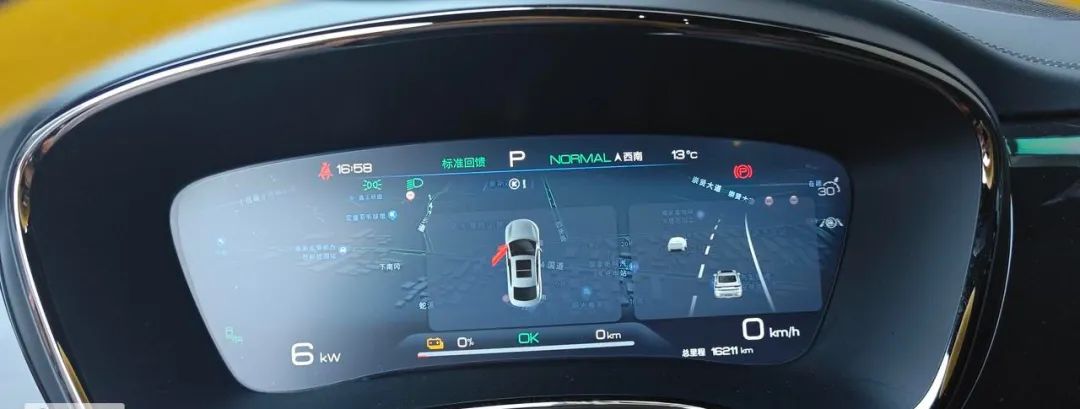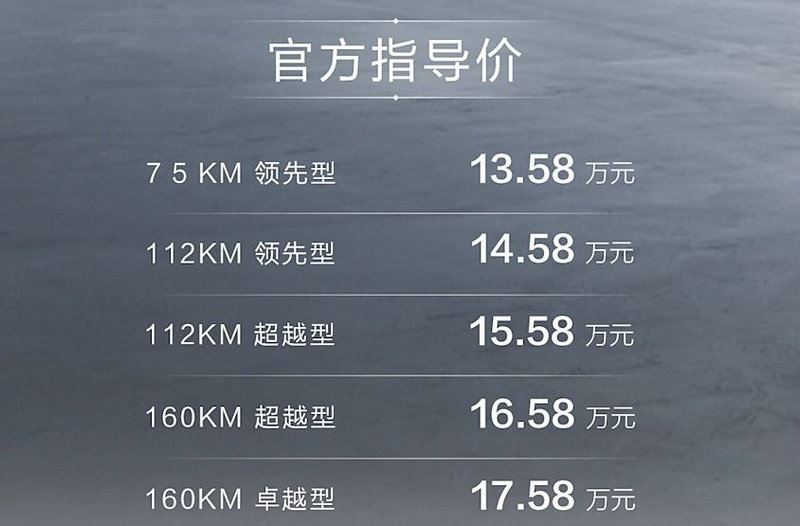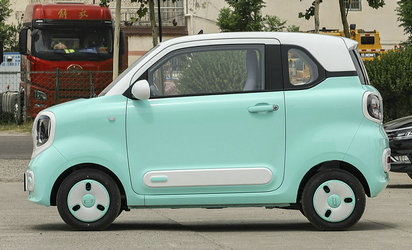Revealing the truth behind abnormal power loss of BYD’s pure electric vehicles
Regarding the abnormal power outage problem that car owners have recently reported, first of all, this power outage is not only happening in the Yuan Plus and Han EV, but also in the entire BYD pure electric vehicle series, including dolphins, seals, etc., so first of all, it can be inferred that, This is definitely not a problem with the battery of the previous car, but the manufacturer has changed the logic of power calculation in the background.

After careful observation, it was found that the battery did not actually lose power, but the calculated display value was reduced. You can pay attention to the charging time after power failure to see if the charging time becomes shorter or the high battery suddenly jumps to 100%. There is a rule that the charging time after power failure multiplied by the charging power is approximately equal to the proportion of battery consumption before power failure. This also verifies from another perspective that there is no problem with the battery itself, and that no real battery power loss actually occurs.
Why does BYD do this? This is a key issue. I speculate that this is similar to the logic of automatically starting the engine of Dmi models, both to avoid some unsolvable problems.
So what problems are our pure electric vehicles avoiding? I think it is mainly because lithium iron phosphate batteries have problems with poor consistency and sensitivity to low temperatures, which is also one of the main flaws of lithium iron phosphate batteries.
Poor consistency means that the entire battery pack is composed of more than 100 single cells (blades) connected in series, and the BMS system will detect whether the voltage of each single cell is within the normal range. For example, when 30% of the battery power remains, due to poor consistency, the voltage of some single cells may be lower than the lower limit, such as lower than 2.5V. In order to protect the battery cells, the BMS will cut off the output of the power battery, causing a sudden stall.

When winter comes, the capacity of lithium iron phosphate batteries is significantly reduced, which leads to more obvious inconsistencies within the battery. The battery capacity estimate is based on the voltage of the entire battery pack and is only a theoretical value. For a more precise calculation, the proportion of energy consumed can be used to estimate the charge. For lithium iron phosphate batteries, in order to make better use of it, the battery needs to be fully charged frequently to ensure that the voltage of each single cell in the battery pack is as close to the full voltage as possible when fully charged. You may worry about overcharging, but in fact due to the existence of the battery balancing system, and relatively speaking, slight overcharging of lithium iron phosphate batteries will not cause safety issues, such as combustion or explosion.
However, no matter how you use the battery, as time goes by, the consistency between each single cell in the entire battery pack will become worse and worse. It can only ensure that the voltage of each single cell is relatively consistent when the battery is fully charged. When the power is close to being exhausted, the voltage difference between the single cells will increase. Therefore, when the battery is low, the range will appear more inaccurate. In addition, lithium iron phosphate batteries also have a problem, that is, large internal resistance. Sometimes when the battery is low, when you slam on the accelerator to output a large amount of power, the voltage of a certain cell will drop rapidly and fall below the protection voltage, causing the power to be cut off. Therefore, lithium iron phosphate batteries need to pay attention to the above issues when using them in winter to avoid inaccurate cruising range display and interruption of power output.

In addition, in low-temperature environments, the dischargeable capacity of lithium iron phosphate batteries will be reduced after parking, but BYD has not yet truly solved and calculated this problem of inaccurate power. In order to avoid large-scale electric vehicle restrictions that would cause the vehicle to be unable to drive in the middle of the journey, BYD decided to directly reduce the displayed power to lower the displayed power value. This way, car owners will charge as soon as possible to ensure that there will be no inability to drive due to low battery. Condition.
Therefore, my personal judgment is that there is no problem with everyone’s battery, and there is no need to go to the 4S store to listen to boring explanations and official terms and waste time on useless checks. After understanding this principle, everyone should cooperate with BYD to charge as soon as possible when the battery is low. BYD has modified the battery power calculation logic to remind everyone that low power may cause the vehicle to be unable to drive. At least we can rest assured that there is no problem with the battery, just don't challenge the endurance limit of the lithium iron phosphate battery.

Two problems can be seen from this incident: First, the technical route of lithium iron phosphate batteries seems to have obvious flaws, including the difficulty in consistency and power calculation. BYD cannot solve it at present, and may not be able to solve it in the future. It can only Power display based on guesswork.
Secondly, in order to protect its own interests and prevent its reputation from being damaged due to large-scale vehicle inoperability, BYD sacrificed the interests of car owners and did not provide a true power display. Instead, it used some ingenious means to force car owners to use the battery as soon as possible when the battery was low. Go recharge. Even if you buy a car with a cruising range of 510 kilometers, you actually need to recharge it after less than 300 kilometers.
This is the real reason why I think BYD’s pure electric models currently have a common problem of power loss during parking.
The above is the full content of Revealing the truth behind abnormal power loss of BYD’s pure electric vehicles









